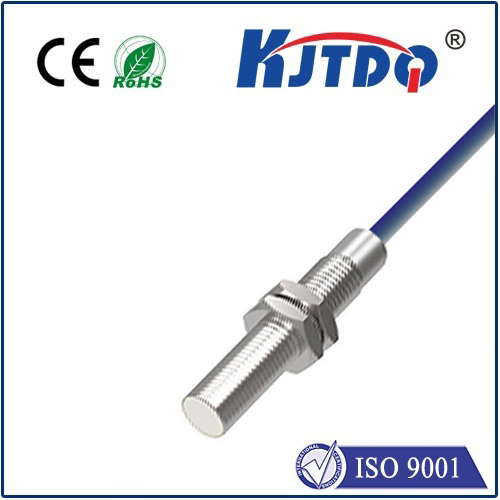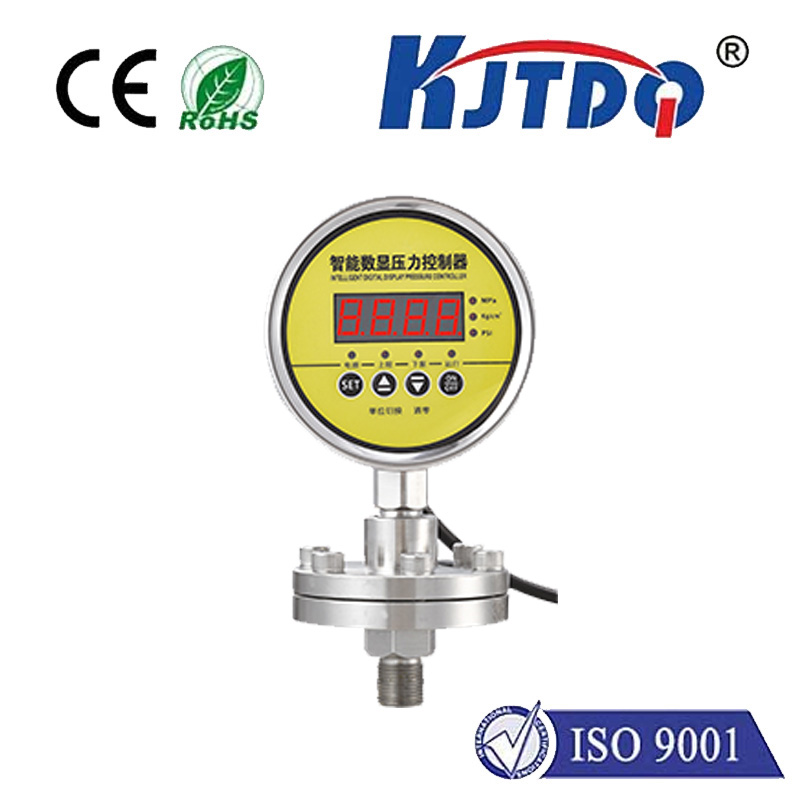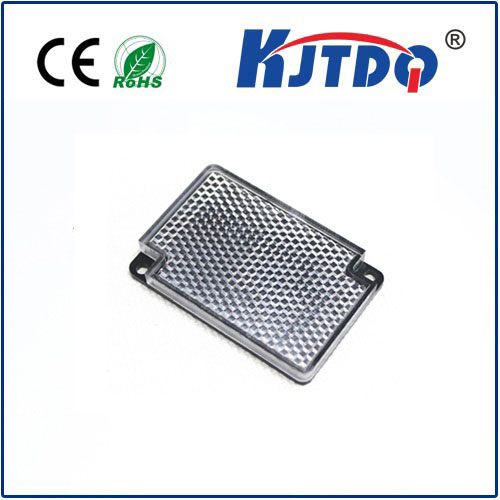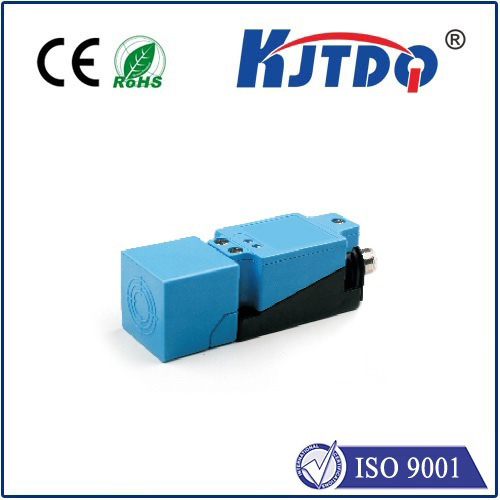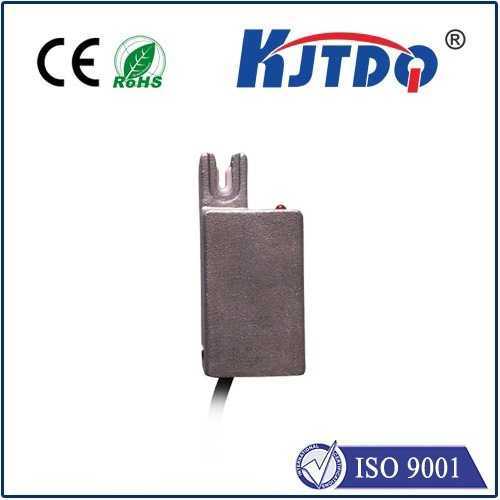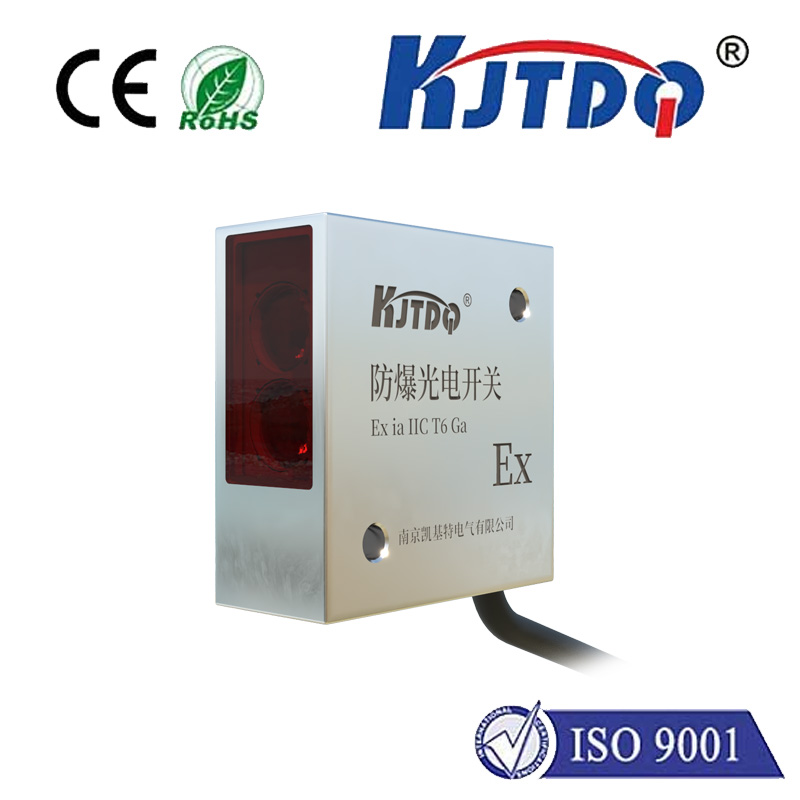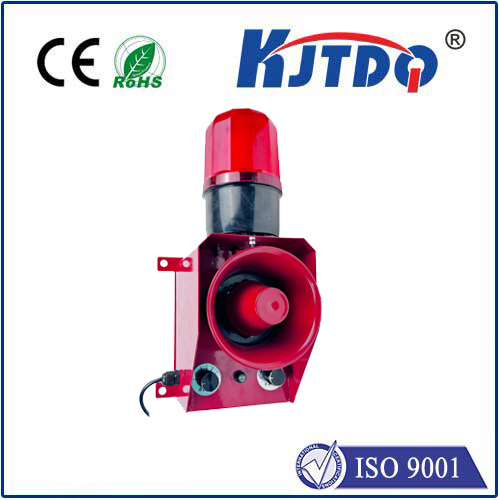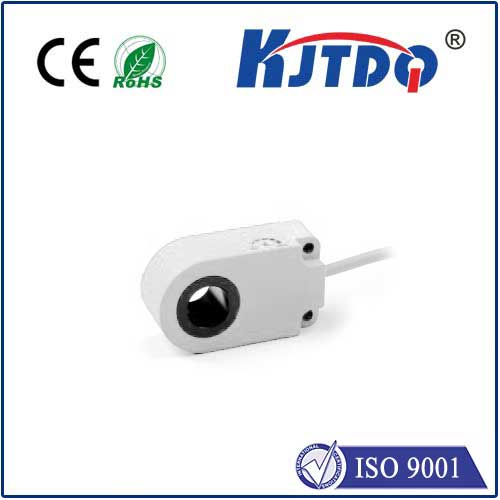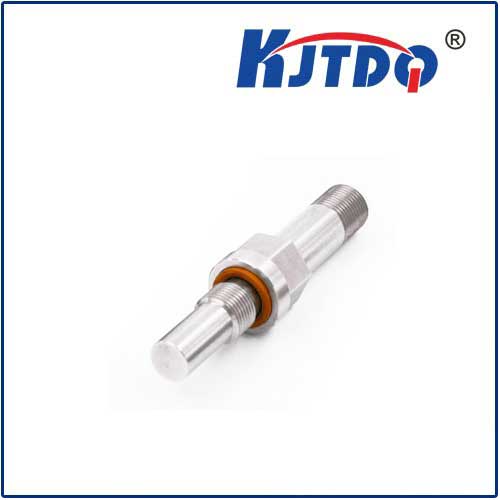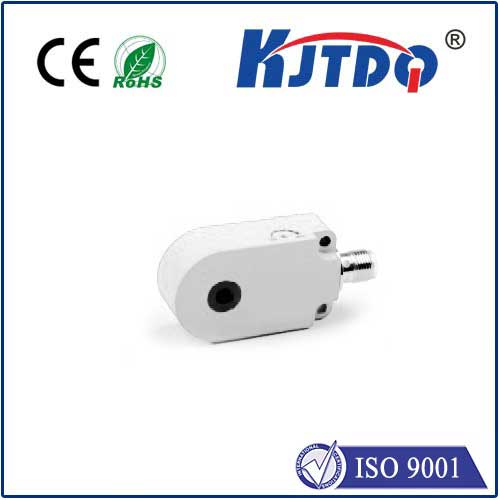
check

check

check

check

Title: The Revolutionary Magnetic Prox Sensor: A Game Changer in Modern Sensing Technology Introduction In the ever-evolving world of technology, innovations continue to emerge that push the boundaries of what is possible. One such innovation is the magnetic prox sensor, a groundbreaking device that is set to revolutionize modern sensing technology. With its unparalleled sensitivity and precision, this sensor is quickly becoming the go-to solution for a wide range of applications across various industries. In this article, we will explore the fascinating world of magnetic prox sensors, their unique features, and the benefits they offer over traditional sensing technologies. What is a Magnetic Prox Sensor? A magnetic prox sensor, short for magnetic proximity sensor, is a type of sensor that detects the presence and strength of a magnetic field. It does this by measuring the changes in the magnetic field’s strength as an object moves within its range. Unlike other types of sensors that rely on physical contact or electromagnetic induction, magnetic prox sensors can operate at much greater distances, making them ideal for applications where non-contact detection is essential. Unique Features of Magnetic Prox Sensors One of the standout features of magnetic prox sensors is their exceptional sensitivity. They are capable of detecting even the faintest of magnetic fields, allowing them to accurately pinpoint the location and movement of objects with remarkable precision. This level of accuracy is unattainable with conventional sensors, which often struggle to provide reliable readings in the presence of interference or noise. Another advantage of magnetic prox sensors is their durability and reliability. Since they do not require any moving parts, they are less prone to wear and tear than other types of sensors. This makes them particularly well-suited for harsh or hazardous environments where other sensors may fail prematurely. Additionally, their compact size allows them to be easily integrated into a variety of systems without taking up too much space. Applications of Magnetic Prox Sensors Magnetic prox sensors have found widespread use in numerous industries due to their unique characteristics. In automotive manufacturing, they are commonly used to monitor the position and speed of engine components, ensuring optimal performance and efficiency. In aerospace applications, they are employed to detect the presence of metal debris in critical areas, helping to prevent potential malfunctions or accidents. In the medical field, magnetic prox sensors are used in diagnostic imaging equipment such as MRI machines, enabling doctors to obtain highly detailed images of internal organs and tissues. They are also finding increased use in robotics and automation, where they enable precise control over the movement of machinery and equipment. Advantages Over Traditional Sensing Technologies Compared to traditional sensing technologies, magnetic prox sensors offer several key advantages. Firstly, they provide a higher level of accuracy and precision, which is crucial in applications where even the slightest deviation can have significant consequences. Secondly, their non-contact nature eliminates the need for physical interaction between the sensor and the target object, reducing maintenance costs and increasing overall system reliability. Furthermore, magnetic prox sensors are more energy-efficient than many other types of sensors, making them an environmentally friendly choice for those looking to reduce their energy consumption. Finally, their versatility and adaptability make them suitable for use in a wide range of applications, from industrial automation to healthcare diagnostics. Conclusion The magnetic prox sensor represents a major breakthrough in modern sensing technology, offering unparalleled sensitivity, precision, and reliability. Its unique features make it ideal for use in a variety of applications across different industries, while its advantages over traditional sensing technologies make it a clear winner in terms of cost-effectiveness and sustainability. As our reliance on technology continues to grow, it is safe to say that magnetic prox sensors will play an increasingly important role in shaping the future of sensing technology.
